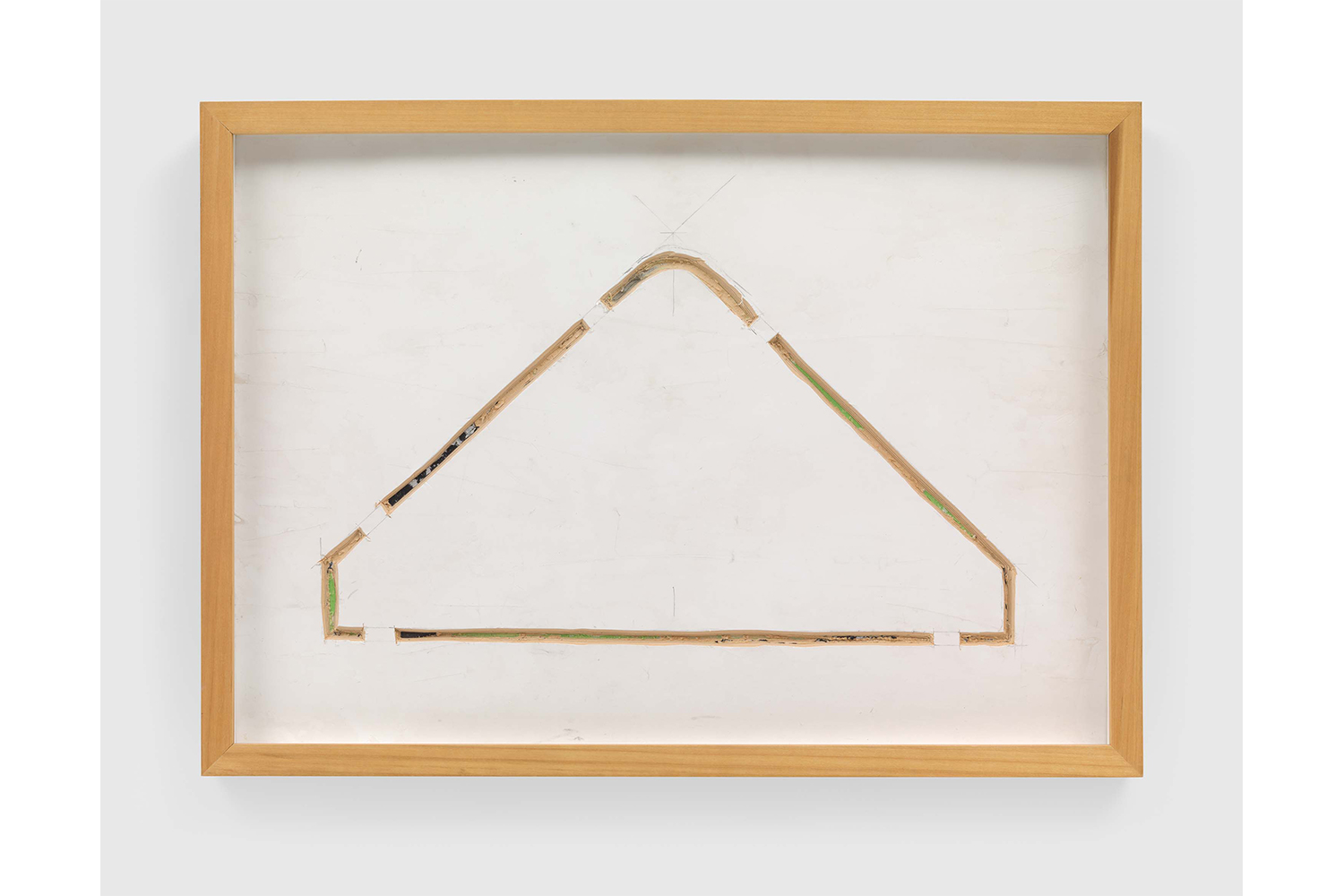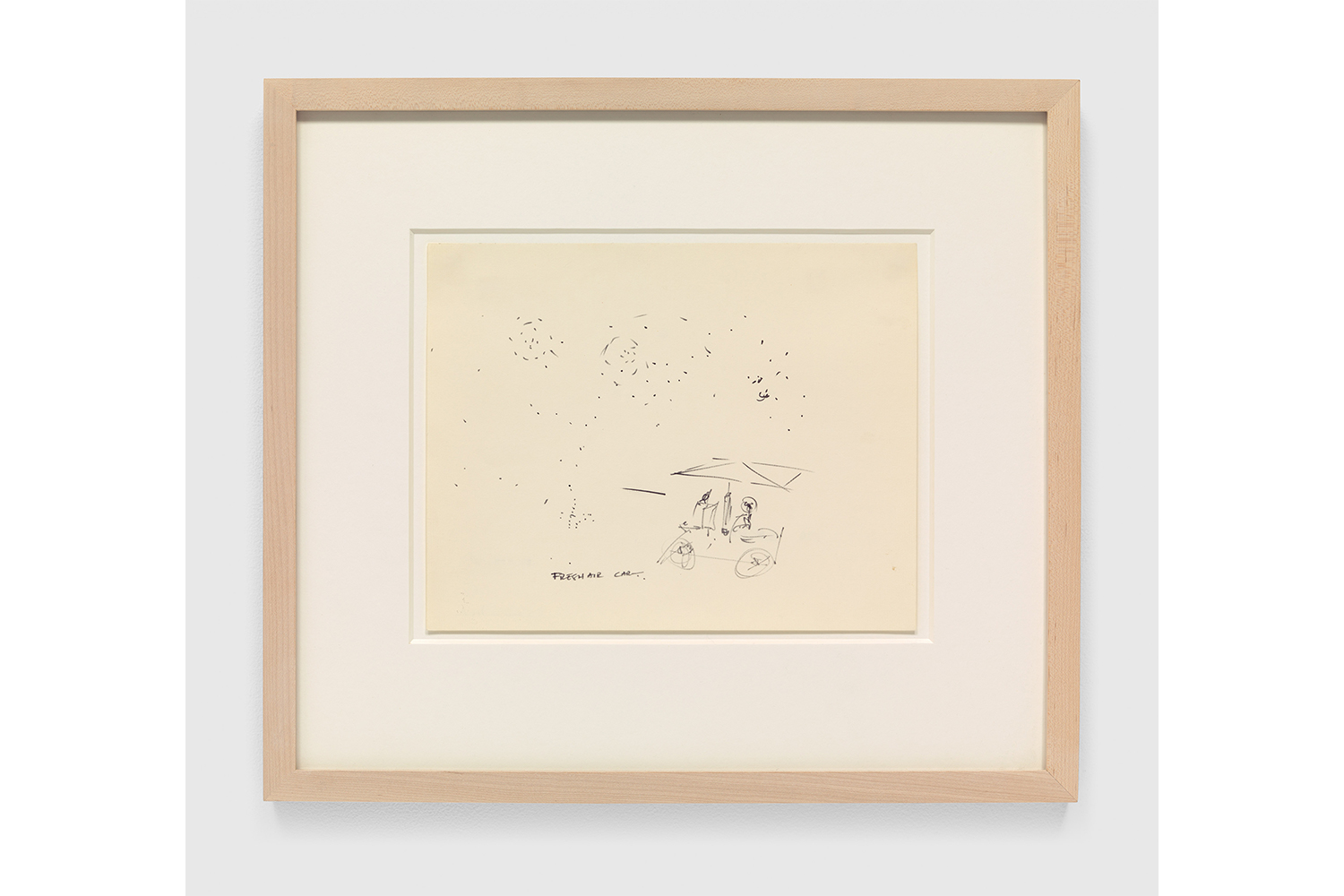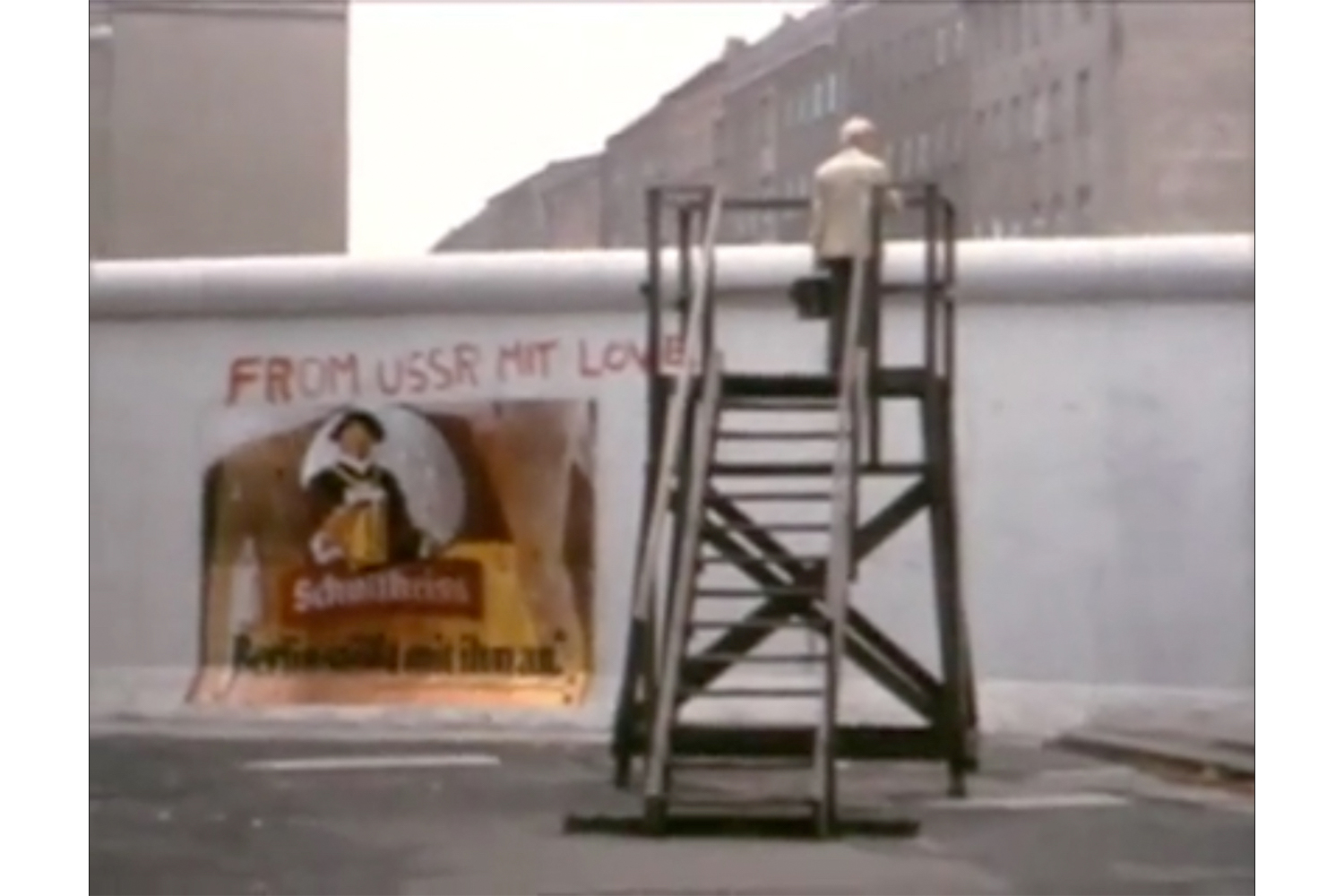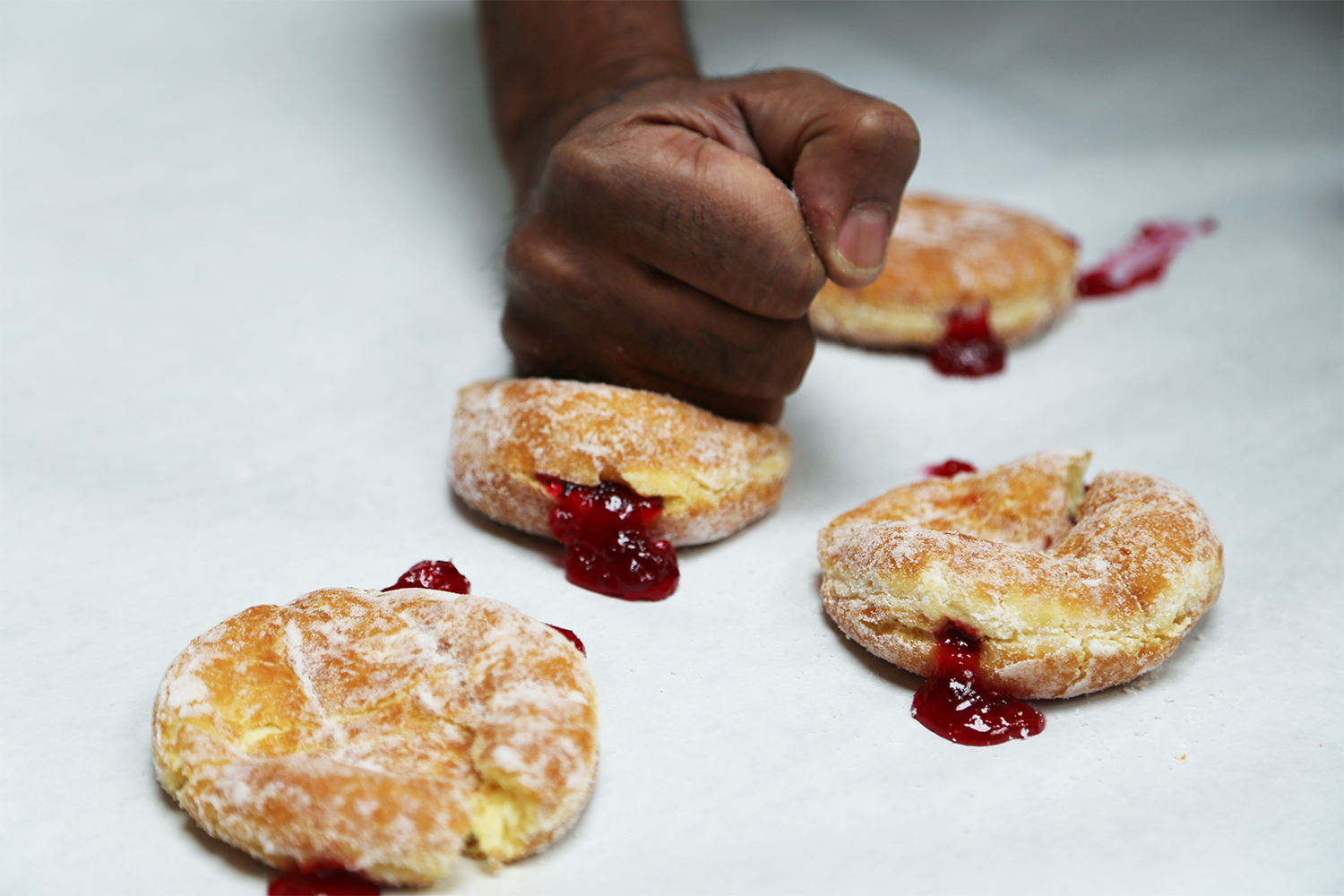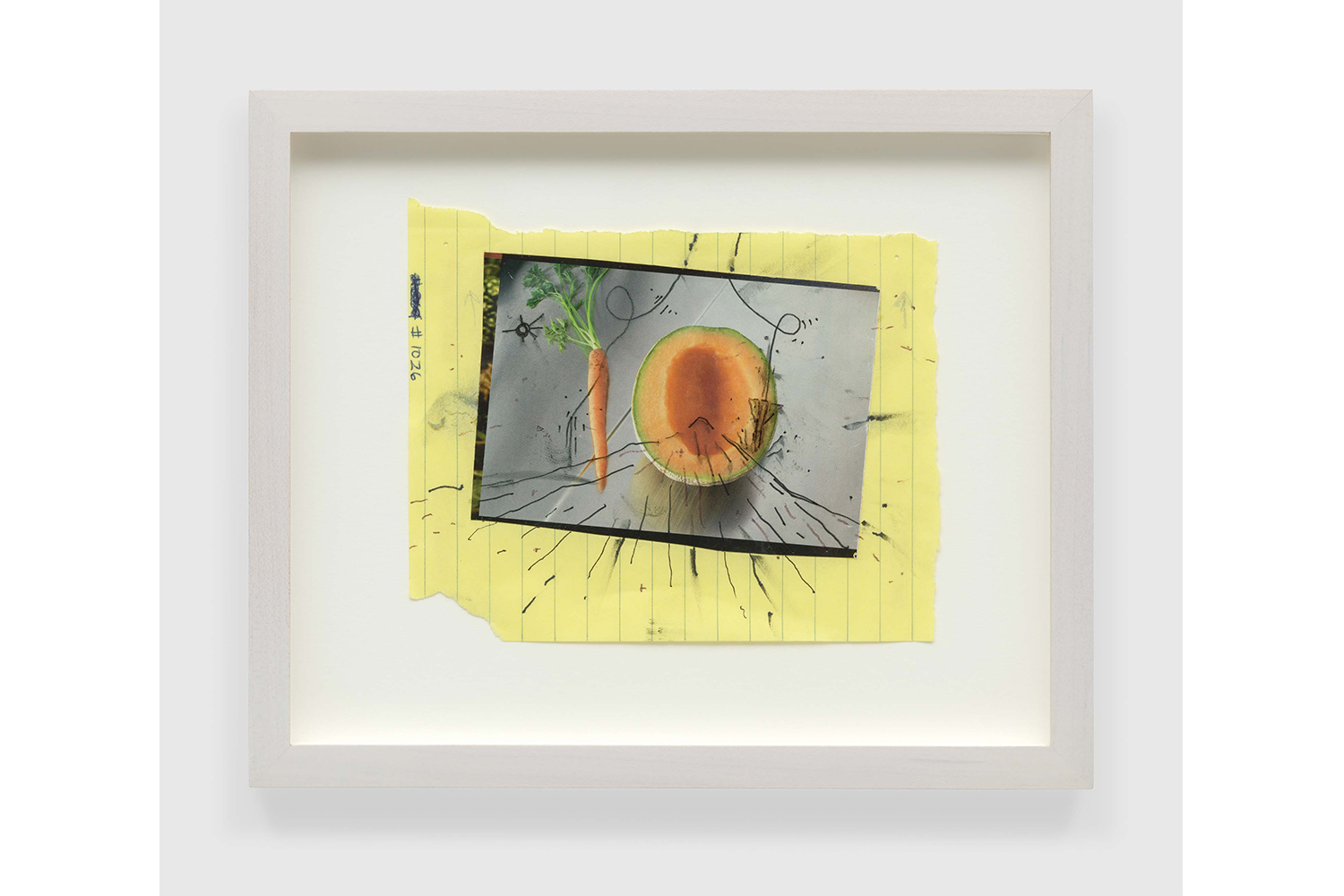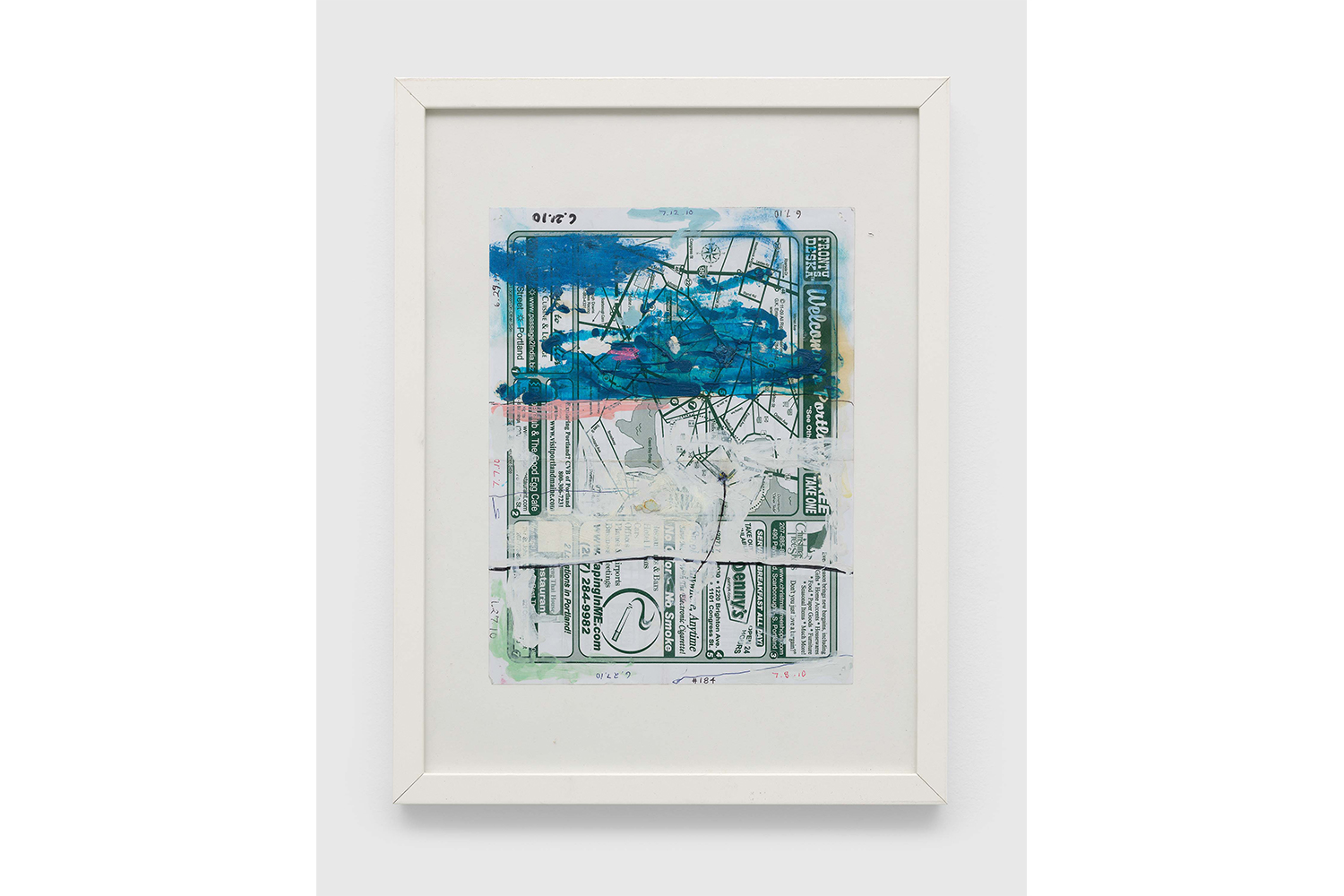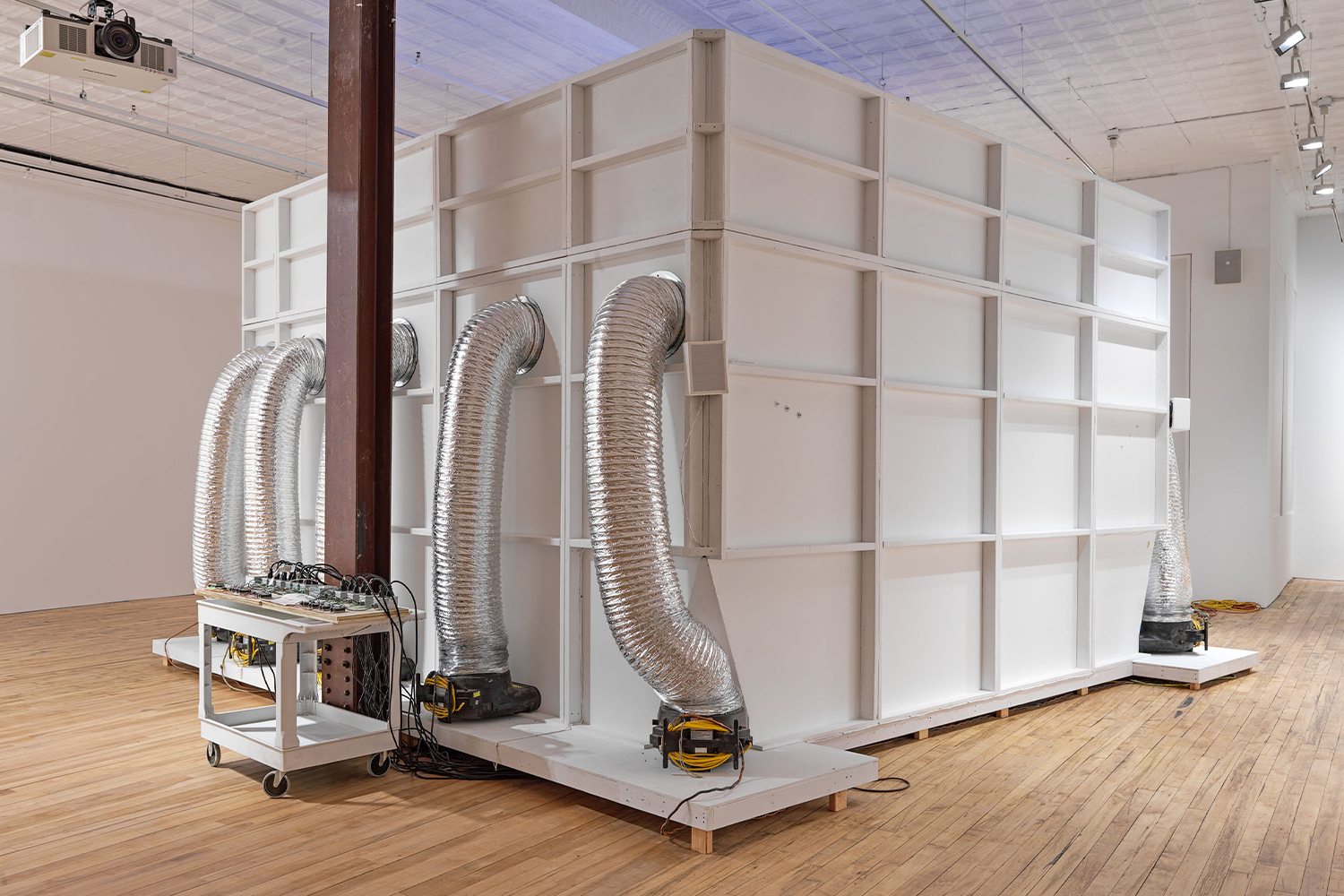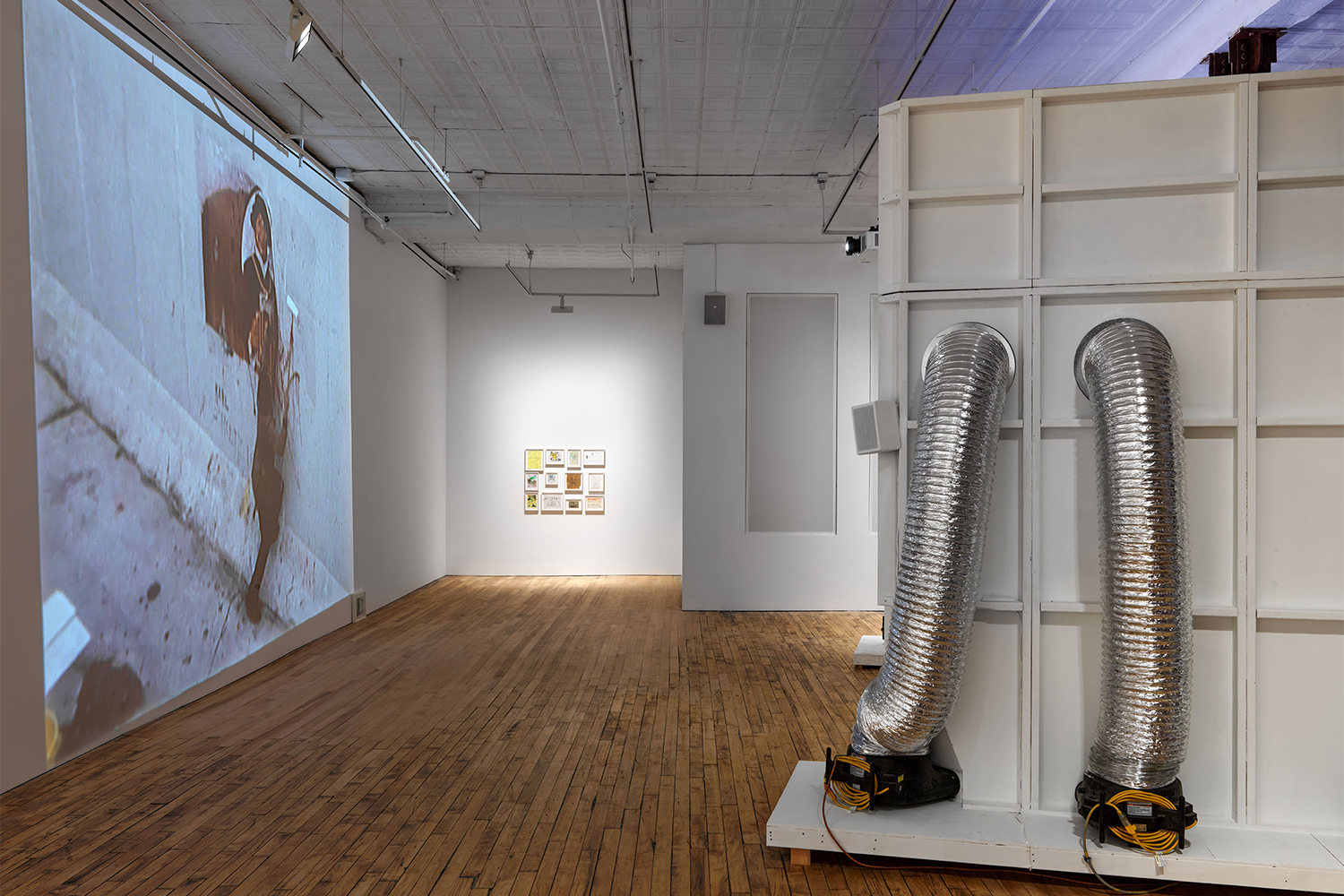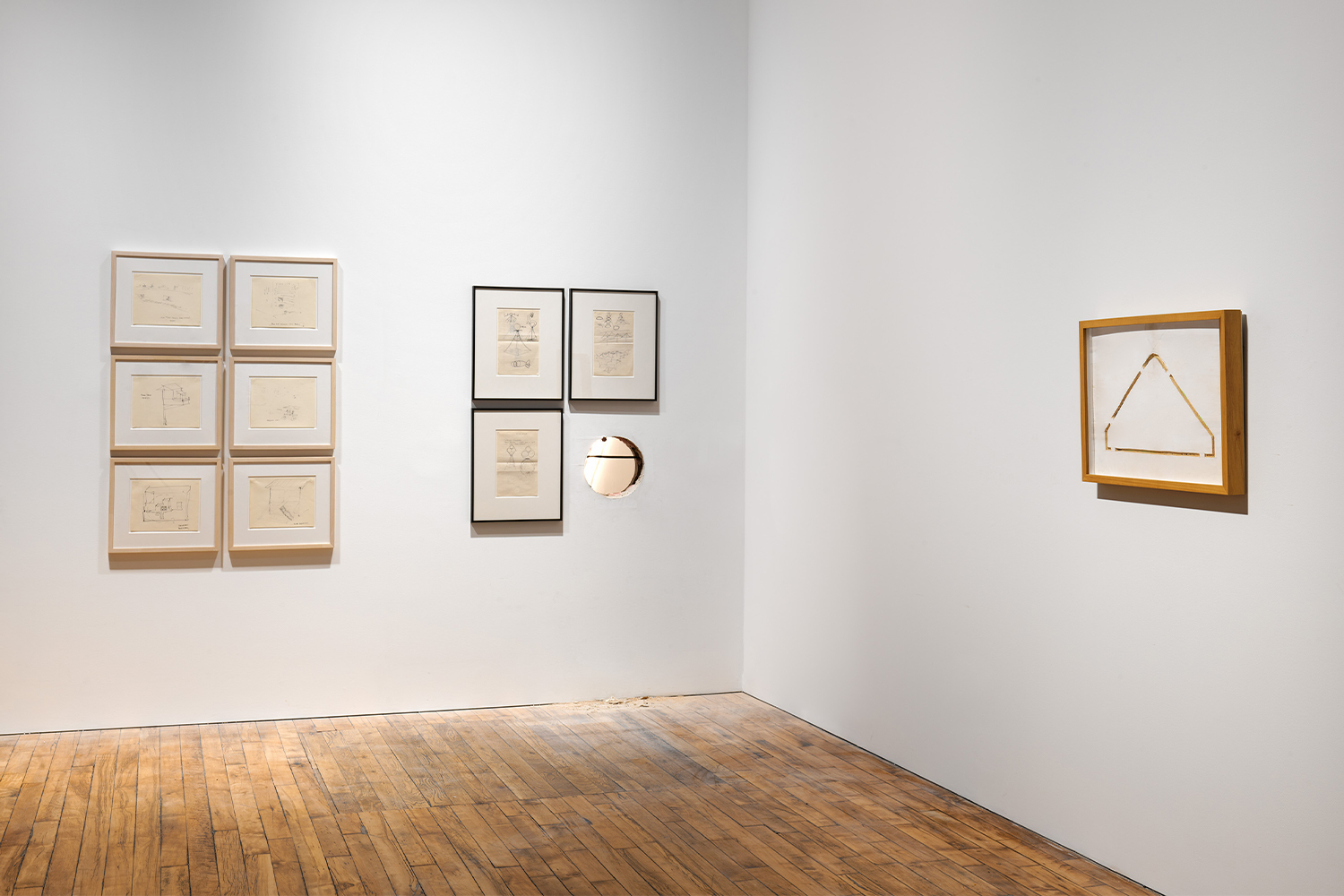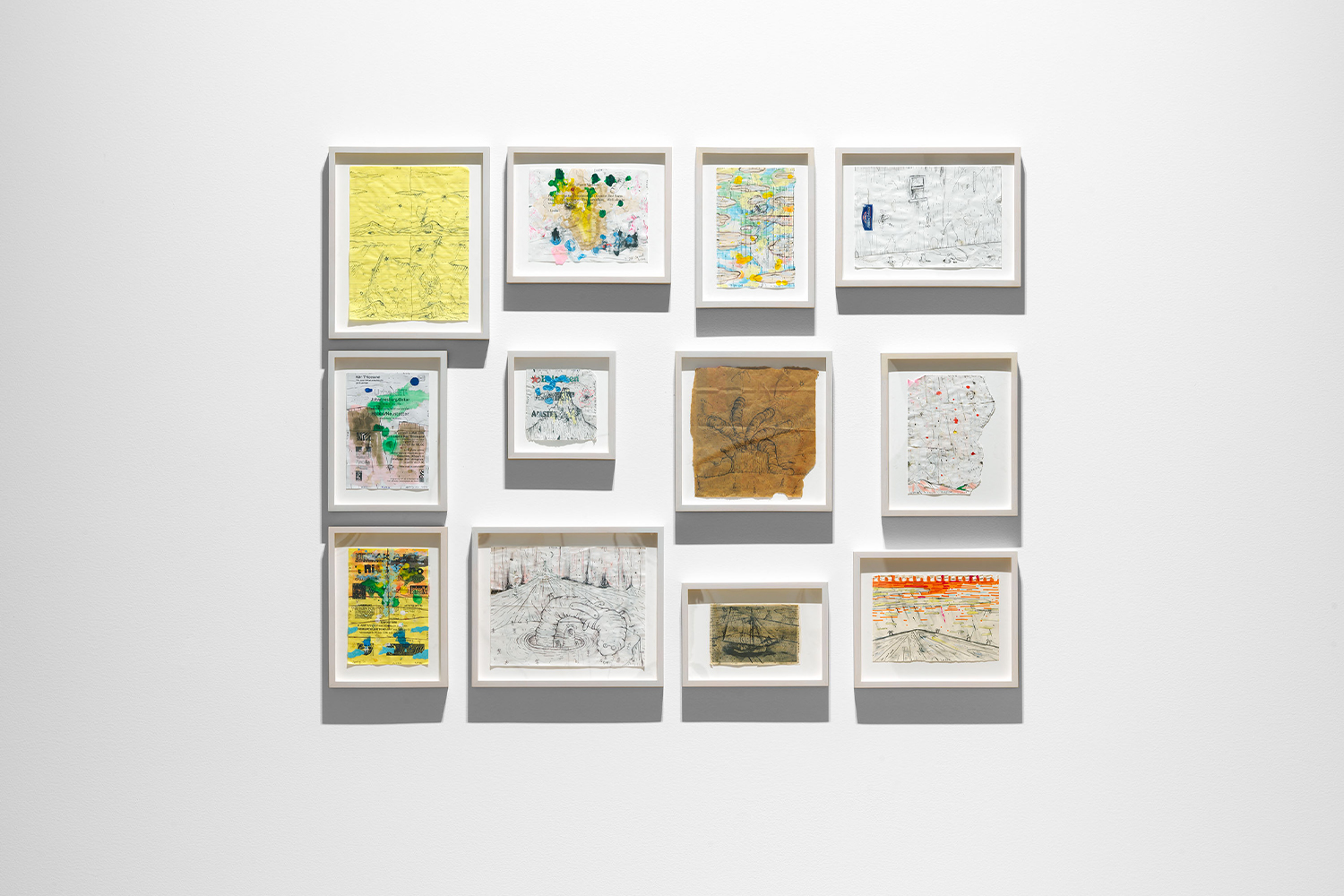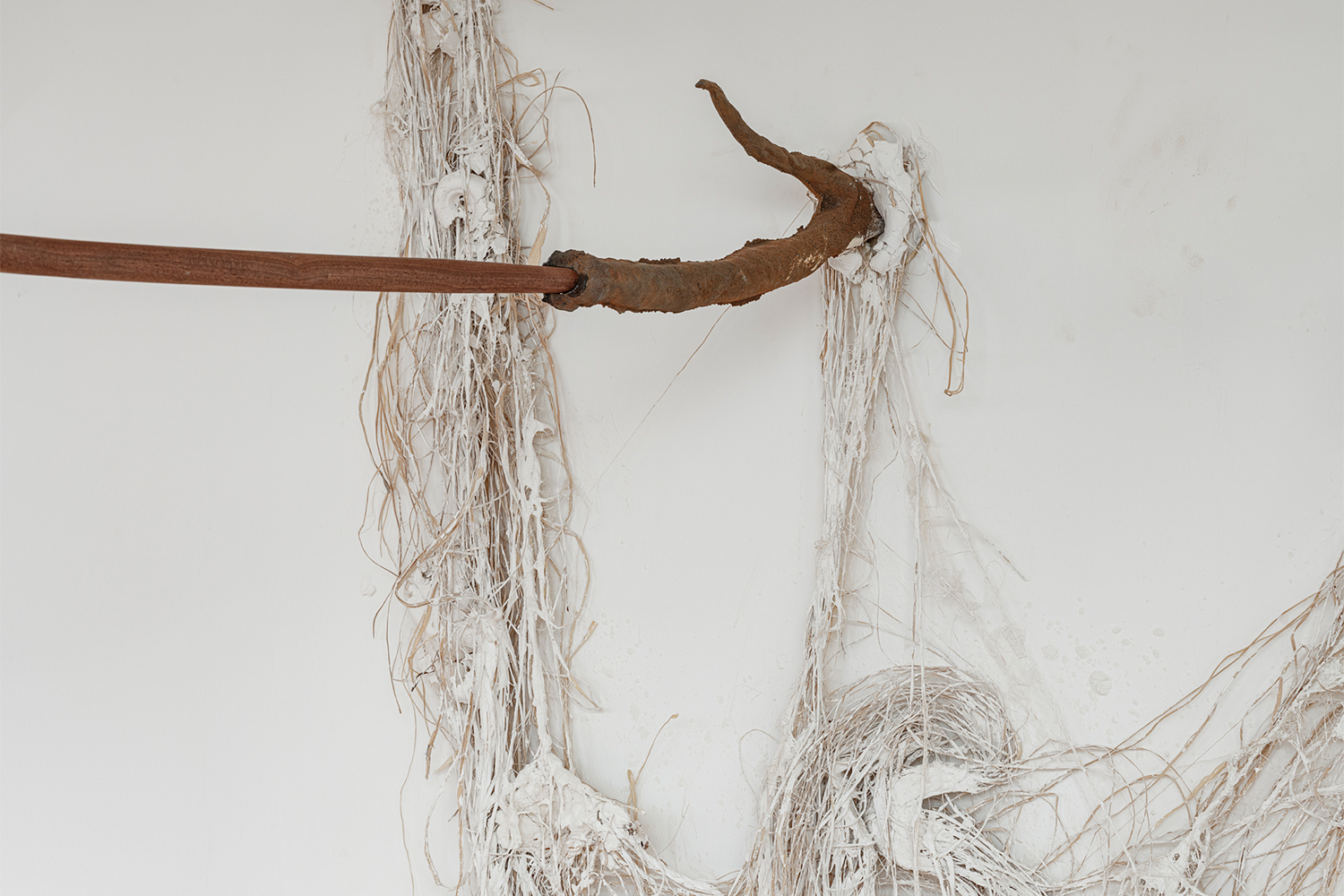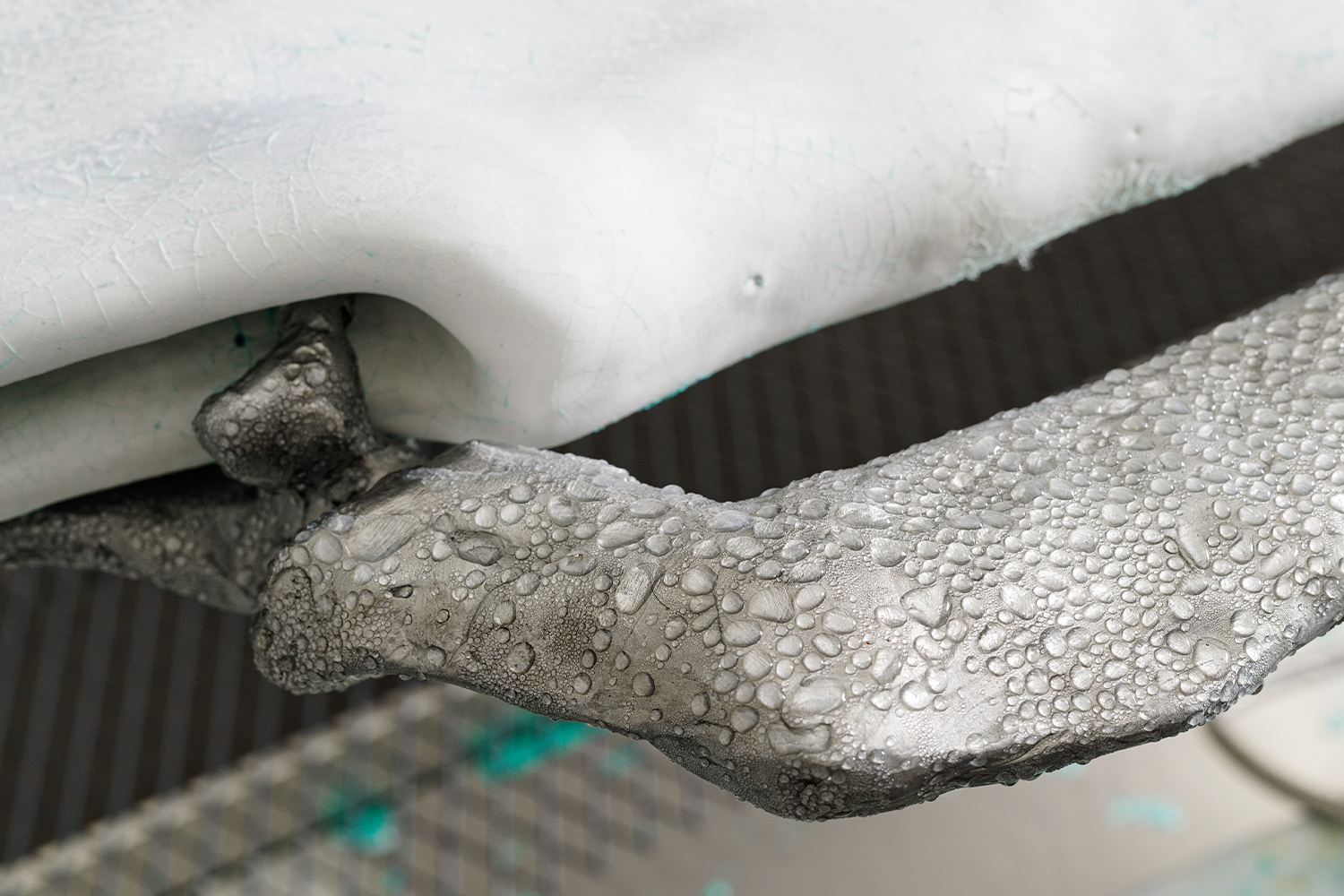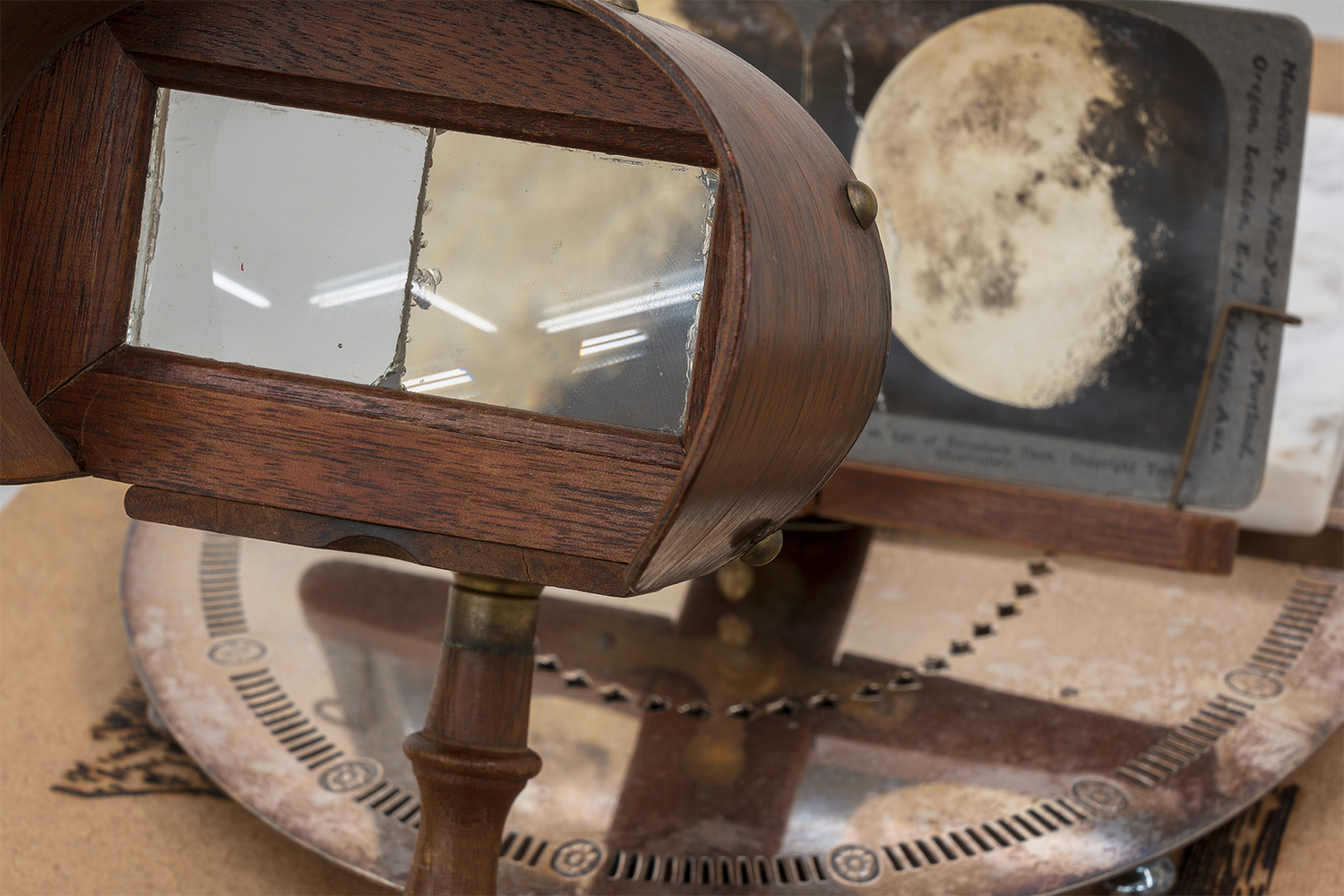The concept of impossibility changes over time, reflecting larger shifts in consciousness and zeitgeist. What is probable becomes common and therefore devalued; newness arises from breaking the old and working with the remaining shreds. In this thoughtful juxtaposition of two seminal artists, Gordon Matta-Clark and Pope.L, curated by Ebony L. Haynes at 52 Walker, deconstruction takes on poetic and metaphoric meaning rather than a theoretical version of postmodernism. Failure to bring an idea to fruition does not necessarily constitute a failure of effort; futility may become the end goal precisely for this reason. An ephemerality of material outcome — to which both artists subscribe in the works on view — is in opposition to the age-old commodification of art into objects. Relational aesthetics step in, and the totality of social history is examined through the lenses of anarchy, dismantling, and transformation. One would agree that the disillusioned American society of the 1970s and ’80s needed these different lenses to take a closer look at the status quo; Matta-Clark and Pope.L were pioneers from two subsequent generations who undertook this reexamination. In today’s age of total commodification, dislocation, and disquiet, revisiting their works is refreshing.
Matta-Clark’s approach to deconstructing existing architecture using building fragments, bulldozers, facades, and partitions as source material created a new poetry of dislocation. Looking at the three videos presented at 52 Walker, Matta-Clark’s anarchitecture — his idiosyncratic synthesis of anarchy and architectural norms — is as fresh today as when it was conceived in the mid-1970s. Matta-Clark clearly saw architecture’s embodiment of dominant systems of power as an adversary to be fought with vehemence and irony. His elegant sketches throughout the gallery imply different impossibilities, but they do so with precision and foresight; there is little humor here, just an astute questioning of structure and its limits.
Pope.L’s continuous stance has been that of an activist fighting underlying systems of subjection built into urban life. He continues to do so here with a fresh spin, in this case a spinning movement produced within a gigantic site-specific installation called Vigilance a.k.a. Dust Room (2023.) Thousands of plastic particles mingle inside this room without purpose or hindsight. In a way it is a reminder of our own spinning orbits that we would like to see as centered and grounded, yet are at the mercy of a bigger dynamic. Likewise, Pope.L’s previously unseen video Dust Eater a.k.a. White Woman Eating a Donut (2007–09/2022) presents a provocative take on a seemingly mundane fact of existence. The conceptual unravelling of social architectonics is visually presented throughout via circular holes in gallery walls with sawdust still on the floor. Curator and artist are strong collaborators in this space, building on their longstanding professional relationship. Pope.L’s drawings, sketched out on napkins, hotel stationery, and newspapers, evoke phantasmagoric structures. Their eventual completed state is not relevant; a dismantling of the expectations of language is more to the point. As in Louis Althusser’s materialism of encounter, dislocation is an end in itself.
There is a communal element that brings these two artists together, as they would not exist outside of their communities of support and common adversaries. Using different epistemologies and methods, both artists worked against the same normative elements within the dominant system, making equally strong statements relevant to 2023. In this exhibition, failure, or rather the perception of it, becomes a virtue. It is a message we do not often receive within today’s art system.

